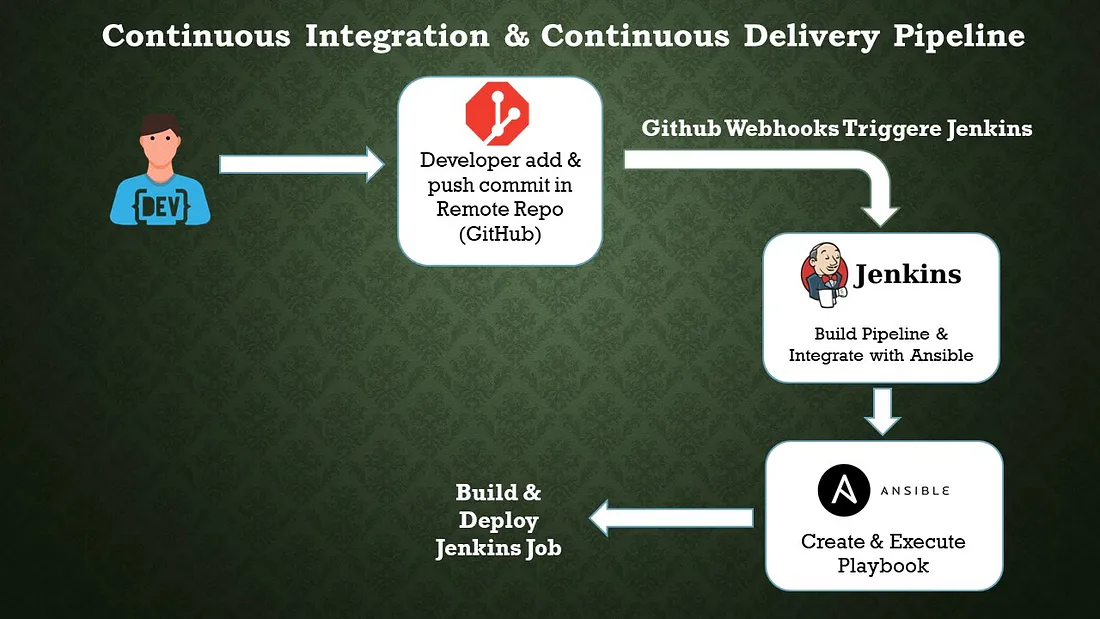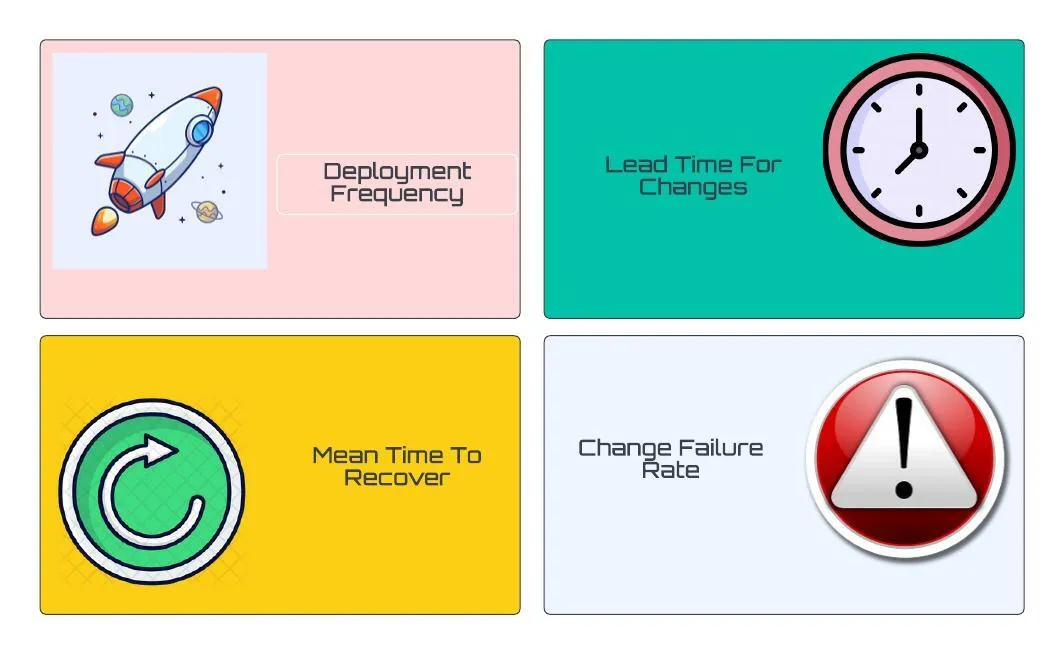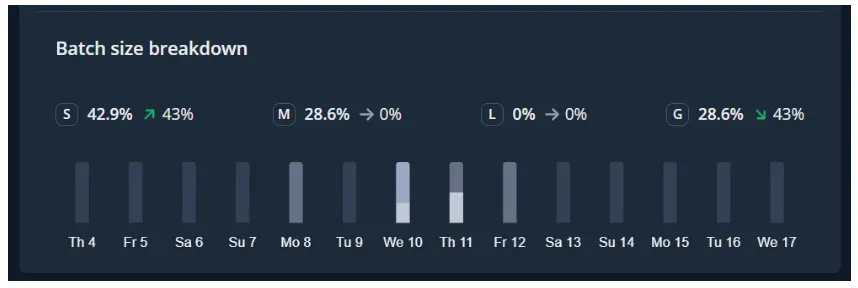Speed up the pace of your Digital Transformation with the power o AWS

Ankercloud has been delivering projects utilizing Amazon Web Services & helping clients across the globe.
Build on AWS with Ankercloud
Ankercloud, as a distinguished AWS partner in Sales, Service, and Building, combines extensive domain knowledge, engineering skills, and technological expertise with hands-on experience in the AWS ecosystem.
We deliver tailored solutions to address your intricate business challenges. As a certified AWS Partner, we consistently provide innovative services across the AWS Platform, empowering you with rapid, adaptable, and scalable access.

Infrastructure Profession on AWS
Ankercloud is a preferred partner for AWS with a long history of delivering solutions on multi-cloud platforms. A team of professionals closely discusses the requirements & architects the solution approach in an agile model of project delivery.
A hands-on consulting approach is encouraged at all levels within the organization to gain the customers’ trust and respect. This provides Ankercloud with a competitive edge in the partner ecosystem as a preferred choice.
Cloud product architecture may determine project success. Starting choices affect cost, performance, maintainability, and uptime.
Our tech leaders are experts in cloud architecture, microservices, infrastructure, devops, development, data, and security.

Virtual Machines and Servers
Combination of Amazon Elastic Compute Cloud (EC2), Amazon Elastic Kubernetes Service (EKS)

Storage
Setup and design all three storage options - AWS Simple Storage Service (S3), Amazon Elastic Block Store (EBS), Amazon Elastic File System (EFS)

Networking
Amazon Virtual Private Cloud (VPC), AWS Direct Connect, Amazon Global Accelerator, AWS Virtual Private Network (VPN), NAT Gateways, Amazon CloudFront, Elastic Load Balancers, AWS Route 53

Security and Identity
AWS Key Management Service (KMS), AWS Identity and Access Management (IAM), AWS Systems Manager, AWS Resource Access Manager, AWS Organizations, AWS Control Tower

Cloud and DevOps Management
AWS CloudFormation, AWS Cloud Development Kit (CDK), AWS Server Migration Service, AWS Database Migration Service

Monitoring
Amazon CloudWatch, Amazon Guard Duty, AWS Security Hub, AWS Audit Manager

Why Ankercloud?
Benefit from our free Statement of Work, Preferred AWS Partner status, and Fail Fast Approach
to propel your business forward
Check out our blog
Streamline Your Development with Ankercloud's DevOps and MLOps Pipeline Solutions
In today's fast-paced technological landscape, staying ahead of the competition requires seamless integration, rapid deployment, and efficient management of development and machine learning operations. Ankercloud presents DevOps and MLOps Pipeline Solutions – a game-changing approach to streamlining your workflow, reducing bottlenecks, and achieving peak operational efficiency. In this article, we explore how Ankercloud's innovative pipeline solutions can revolutionize your development workflow.
Benefits of Ankerclouds DevOps and MLOps Pipeline Solutions
Enhanced Efficiency and Speed:
Ankercloud’s DevOps and MLOps Pipeline solutions are designed to accelerate your development lifecycle. With streamlined automation and continuous integration/continuous deployment (CI/CD) pipelines, your team can reduce manual interventions, leading to faster code deployment and quicker time-to-market for your applications and models.
Seamless Collaboration:
Collaboration is at the heart of successful development. Our Solution provides a collaborative platform where developers, testers, and data scientists can work together seamlessly. Shared pipelines, version control, and integration with popular project management tools foster a culture of teamwork, resulting in efficient problem-solving and improved software quality.
Reliable Testing and Quality Assurance:
We ensure that every code change and model update goes through rigorous testing and quality assurance processes. Automated testing environments, code reviews, and integration with testing frameworks guarantee that your software remains stable, secure, and bug-free.
Scalability and Flexibility:
As your projects grow, so do your infrastructure needs. Our solutions scale with your requirements, allowing you to handle larger workloads without compromising on performance. Whether you're managing a small application or a complex machine learning pipeline, Ankercloud solutions adapt to your needs.
Advanced Monitoring and Insights:
Gain deep insights into your development and deployment processes with comprehensive monitoring and analytics tools. We provide real-time performance metrics, logs, and reports, enabling you to make data-driven decisions to optimize your pipelines for maximum efficiency.
Secure and Compliant Practices:
Security and compliance are paramount in today's data-driven landscape. Ankercloud incorporates robust security features into its solutions, including access controls, encryption, and compliance with industry standards. Focus on your development while we take care of safeguarding your data and applications.
Simplified MLOps:
For teams working on machine learning projects, Ankerclouds' MLOps Pipeline solutions offer specialized features. From data preprocessing and model training to deployment and monitoring, We streamlines the end-to-end machine learning workflow, ensuring reproducibility and efficiency in your AI projects.
Conclusion:
Ankercloud's DevOps and MLOps Pipeline solutions offer a transformative approach to modern development practices. By automating key processes, fostering collaboration, and optimizing deployment, our pipelines empower your teams to focus on innovation and deliver high-quality software and machine learning solutions faster than ever before. Embrace the future of development with Ankercloud's cutting-edge pipeline solutions. Contact us today to learn how we can elevate your development workflow.
DevOps Trends: CI/CD Automation
CI/CD (Continuous Integration/Continuous Delivery) automation is a crucial aspect of DevOps practices and has been gaining significant attention in recent years. By automating the CI/CD pipeline, organizations can accelerate software delivery, improve code quality, and enhance collaboration between development and operations teams. Here are some notable trends in CI/CD automation:
- Shift-Left Testing: Shift-left testing emphasizes early and continuous testing throughout the software development lifecycle, starting from the earliest stages of development. By integrating testing into the CI/CD pipeline and automating the testing process, organizations can identify and address issues more quickly, reducing the risk of defects reaching production.
- Infrastructure as Code (IaC): Infrastructure as Code is a practice that enables the automation and management of infrastructure resources using code. With IaC, infrastructure configurations can be version-controlled, tested, and deployed alongside application code. CI/CD automation tools integrate with IaC frameworks such as Terraform or AWS CloudFormation to provision and manage infrastructure resources in a consistent and repeatable manner.
- Cloud-Native CI/CD: As organizations increasingly adopt cloud computing and containerization technologies, CI/CD pipelines are evolving to support cloud-native applications. Tools like Kubernetes and Docker are commonly used to build, deploy, and orchestrate containerized applications. CI/CD automation platforms are adapting to support the unique requirements of cloud-native environments, enabling seamless integration with container registries, orchestrators, and serverless platforms.
- Machine Learning/AI in CI/CD: Machine learning and AI techniques are being applied to CI/CD automation to optimize various aspects of the software delivery process. For example, AI-based algorithms can analyze code quality, identify patterns, and provide recommendations for improvements. Machine learning models can also be used to predict and detect anomalies in CI/CD pipelines, enabling proactive identification of potential issues.
- Low-Code/No-Code CI/CD: The rise of low-code/no-code development platforms has extended to CI/CD automation as well. These platforms provide visual interfaces and pre-built integrations that simplify the setup and configuration of CI/CD pipelines, reducing the need for extensive coding or scripting. Low-code/no-code CI/CD tools empower non-technical stakeholders to participate in the automation process and accelerate the delivery of applications.
Benefit of CI/CD: -
· Increased delivery speed & cooperation
· Instantaneous feedback
· Simple to maintain & Reliable
Components of a CI/CD Pipeline: -
a. Jenkins Pipeline: Jenkins Pipeline is a powerful and flexible way to define your continuous integration and continuous delivery (CI/CD) workflows in Jenkins. It allows you to define your build, test, and deployment stages as code, providing a consistent and repeatable process for your software development lifecycle. Jenkins Pipeline supports two syntaxes: Declarative Pipeline and Scripted Pipeline.
i. Declarative Pipeline: Declarative Pipeline provides a more structured and opinionated syntax for defining pipelines. It is recommended for most use cases as it offers simplicity and readability. Here’s an example of a simple Declarative Pipeline:
pipeline { agent any
stages { stage(‘Build’) { steps { // Perform the build steps here } }
stage(‘Test’) { steps { // Run your tests here } }
stage(‘Deploy’) { steps { // Deploy your application here }}}}
In this example, the pipeline has three stages: “Build,” “Test,” and “Deploy.” Each stage contains the necessary steps to be executed.
ii. Scripted Pipeline: Scripted Pipeline provides a more flexible and programmatic way to define your pipelines using Groovy scripting. It allows you to have greater control over the execution flow and provides more advanced features. Here’s an example of a simple Scripted Pipeline:
node {
stage(‘Build’) { // Perform the build steps here}
stage(‘Test’) { // Run your tests here }
stage(‘Deploy’) { // Deploy your application here }}

b. Configuration Management Tool: Ansible
Ansible is an open-source configuration management tool that automates the deployment, orchestration, and management of software applications and infrastructure. It is designed to be simple, agentless, and easy to use, making it popular among system administrators and DevOps teams. Here are some key features and concepts related to Ansible:
i. Agentless: Ansible does not require any agents or additional software to be installed on the target systems. It uses SSH (Secure Shell) and Python to communicate with remote hosts, which simplifies the setup process and reduces the overhead on managed systems.
ii. Declarative Language: Ansible uses a YAML-based language called Ansible Playbooks to define configurations and automate tasks. Playbooks are human-readable and describe the desired state of the systems. This declarative approach allows for idempotent execution, where running the same playbook multiple times produces consistent results.
iii. Inventory: Ansible uses an inventory file to define the hosts or systems it manages. The inventory can be a static file or generated dynamically from various sources, such as cloud providers or external scripts. It allows you to organize hosts into groups and apply different configurations to specific groups or individual hosts.
iv. Modules: Ansible comes with a wide range of built-in modules that perform specific tasks, such as managing packages, configuring services, manipulating files, or executing commands. Modules are written in Python and can be extended or customized to meet specific requirements.
v. Playbooks: Playbooks are the heart of Ansible. They are YAML files that define a set of tasks to be executed on remote hosts. Playbooks specify the desired state of the systems, and Ansible takes care of bringing them into that state. Playbooks can include variables, conditionals, loops, and handlers to perform complex configuration management.
vi. Idempotency: Ansible’s idempotent nature ensures that running the same playbook multiple times does not cause unintended changes. If a system is already in the desired state, Ansible skips the corresponding tasks, resulting in a consistent and reliable configuration management process.
vii. Ad-hoc Commands: Ansible allows you to execute ad-hoc commands directly on remote hosts without the need for writing a playbook. This feature is useful for quick troubleshooting, one-time tasks, or running simple commands across multiple systems simultaneously.
viii. Ansible Galaxy: Ansible Galaxy is a hub for sharing and discovering Ansible roles. Roles provide a way to organize and reuse playbook logic, making it easier to manage complex configurations. Ansible Galaxy allows you to find pre-built roles contributed by the community, helping you accelerate your automation efforts.
Conclusion:
Code quality is increased and changes are provided rapidly with CI/CD automation. The automation technique has a very good quality, bug-free, and quicker fault isolation impact. We completed every step of the automation process, including create, build, test, and deliver. Process automation is necessary for software development.
DORA Metrics for DevOps Performance Tracking
INTRODUCTION TO DORA METRICS:
This blog is to explain the DevOps Research and Assessment capabilities to understand delivery and operational performance for better organizational performance.
DORA — DORA (DevOps Research and Assessment) metrics help us to measure the DevOps performance if there are low or elite performers. The four metrics used are deployment frequency (DF), lead time for changes (LT), mean time to recovery (MTTR), and change failure rate (CFR).
The four essentials of DORA metrics:
- Deployment frequency
- Lead time for changes
- Mean time to recovery
- Change failure rate

Deployment Frequency :
Deploy frequency measures how often you deploy changes to a given target environment. Along with Change lead time, Deploy frequency is a measure of speed.
Deployment Frequency also provides us with Batch Size Breakdowns,
Allowing you to filter the code changes based on Small batch, Medium, Large, and Gigantic batch sizes.
- Small — usually 1 pull request, 1–10 commits, and a few hundred lines of code changed
- Medium — usually 1–2 pull requests, 10–30 commits, and many hundreds of lines of code changed
- Large — usually 2–4 pull requests, 20–40 commits, and many hundreds of lines of code changed
- Gigantic — usually 4 or more pull requests or 30 or more commits or many thousands of lines of code changed.

Lead Time for Change:
Change lead time measures the time it takes for a change to go from its initial start of coding to being deployed in its target environment. Like Deploy frequency, Change lead time is a measure of speed (whereas Change failure rate and MTTR are measures of quality or stability).
In addition to the Lead Time for Change, Sleuth provided us with a detailed breakdown of how much time your teams, on average, are spending.
- Coding — the time spent from the first commit (or the time spent from the first transition of an issue to an “in-progress state) to when a pull request is opened
- Review lag time — the time spent between a pull request being opened and the first review
- Review time — the time spent from the first review to the pull request being merged
- Deploying — the time spent from pull request merge to deployment

Mean Time to Recovery:
Change failure rate measures the percentage of deployed changes that cause their target environments to end up in a state of failure. Along with MTTR, Change failure rate is a measure of the quality, or stability of your software delivery capability.

Change Failure Rate
Measures the quality and stability while deployment frequency and Lead Time for Changes don’t indicate the quality of the software but just the velocity of the delivery.

Here’s a table of how DORA metrics are calculated depending on the deployment that occurred, coding and review time, time is taken to restore from an incident or a failure, and failure rate that occurred due to the deployments.

Apart from the four metrics of DORA, there is a fifth one, Reliability, happens to be most important when it comes to operational performance which brings together DevOps and SRE teams to build us a better infrastructure and software. The Reliability metrics is a great way to showcase a team’s overall software delivery performance.
Become an Elite :
According to the most recent State of DevOps report, elite performers have recently grown to now represent 20% of survey respondents. High performers represent 23%, medium performers represent 44%, and low performers only represent 12%.
CONCLUSION :
DORA metrics are a great way to measure the performance of your software development and deployment practices. DORA metrics can help organizations to measure software delivery and stability to a team’s improvement, which also decreases the difficulties and allows for quicker, higher quality software delivery.
Ankercloud: Partners with AWS, GCP, and Azure
We excel through partnerships with industry giants like AWS, GCP, and Azure, offering innovative solutions backed by leading cloud technologies.



The Ankercloud Team loves to listen













.png)







.jpg)